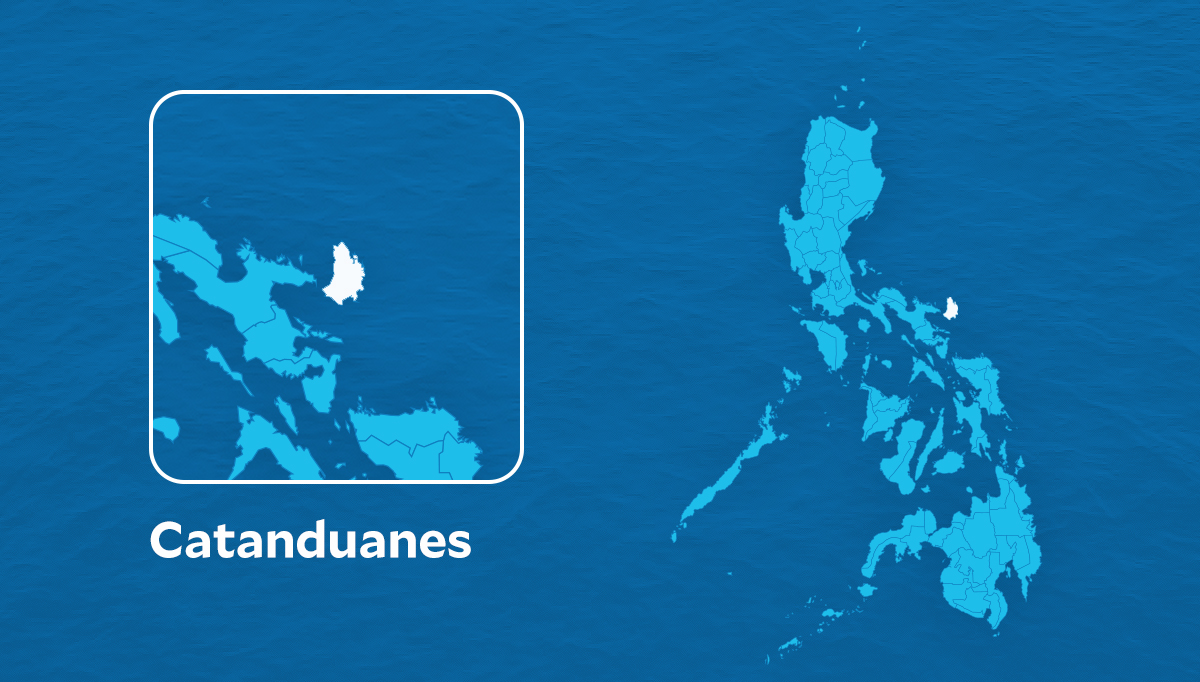
Catanduanes. INQUIRER FILES
LEGAZPI CITY — The Philippine Atmospheric, Geophysical and Astronomical Services Administration (Pagasa) in Catanduanes province warned the public of possible health-related effects of the El Niño weather phenomenon as the province recorded a heat index up to 41 degrees Celsius on Wednesday.
Juan Pantino Jr., chief of Pagasa in Catanduanes, said this extreme temperature may cause heat cramps, stroke, and chronic diseases, especially after continued exposure to the sun.
“We are on the easternmost side of the Pacific Ocean that’s why the impact of El Niño is extreme in our province,” Pantino said in a phone interview on Thursday.
READ: Highest heat index so far this year at 52.2 C recorded in Catanduanes
He said the temperature in Catanduanes would be higher, which may reach up to 45 C in the next months, compared to other provinces in the Bicol region.
“Actually, the strong impact of it may be felt from March to May, and the transition period [to La Niña] will start in June until July, but some parts of the country may still experience below normal rainfall,” Pantino added.
Dr. Rosa Maria Rempillo, the assistant regional director of the Department of Health (DOH) in Bicol, said young children and the elderly with chronic medical conditions were most vulnerable to the effects of the extreme heat.
“They should take medicine if they have maintenance, stay indoors, and hydrate,” Rempillo said in a private message on Thursday.
Infectious diseases
She advised the public to seek immediate medical assistance if they were experiencing unusual conditions.
Earlier, the DOH Bicol warned the public that El Niño may also trigger infectious diseases, including mosquito-borne diseases, food and waterborne diseases, paralytic shellfish poisoning, and leptospirosis.
According to local health officials, there is an increased likelihood of above-average rainfall due to the extreme heat during the El Niño season, which could cause these diseases.
Data showed that 149 dengue cases were recorded in Bicol from Jan. 1 to Feb. 3, at least 53 of which were traced to Camarines Sur province, the highest in the region.